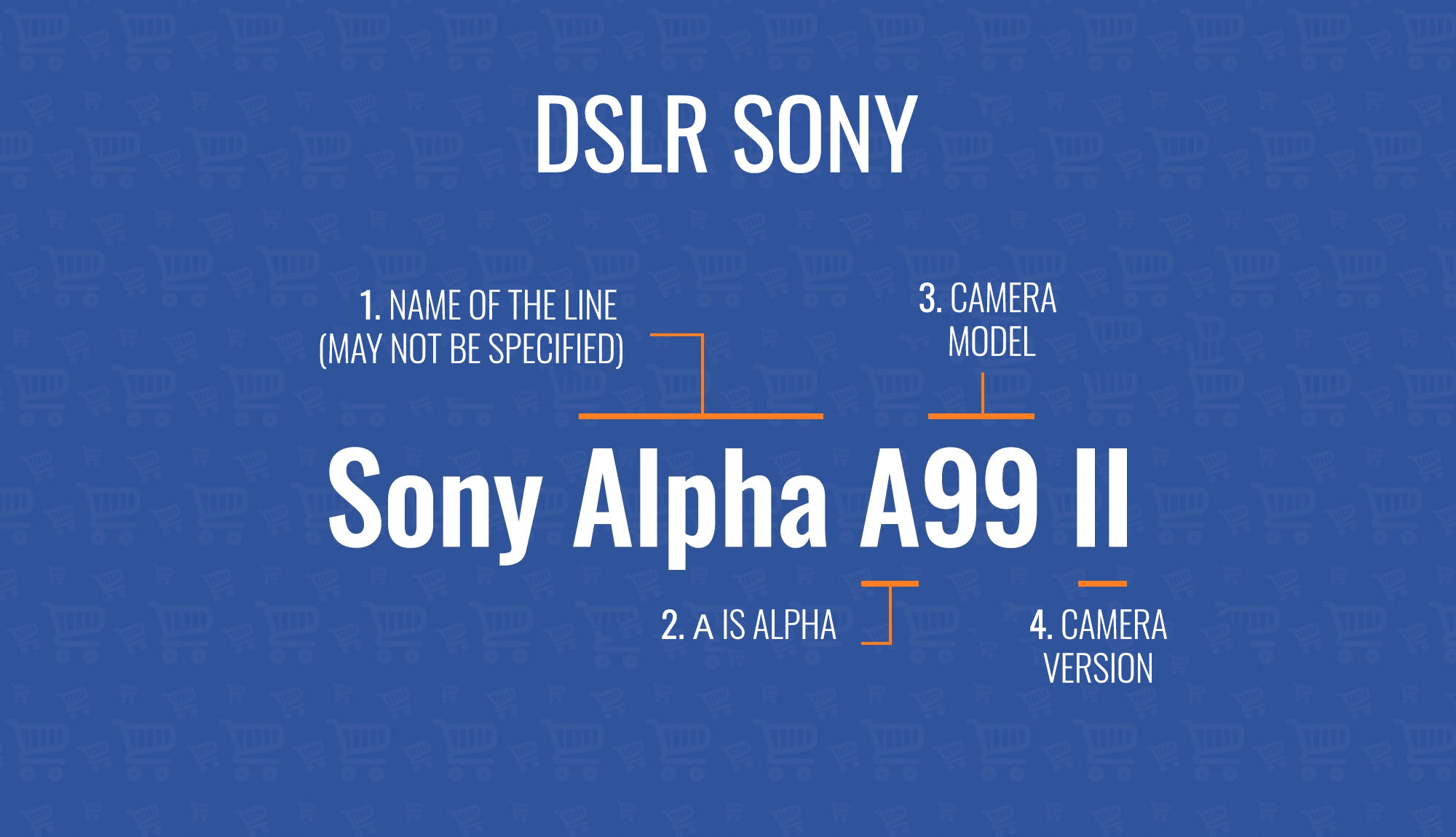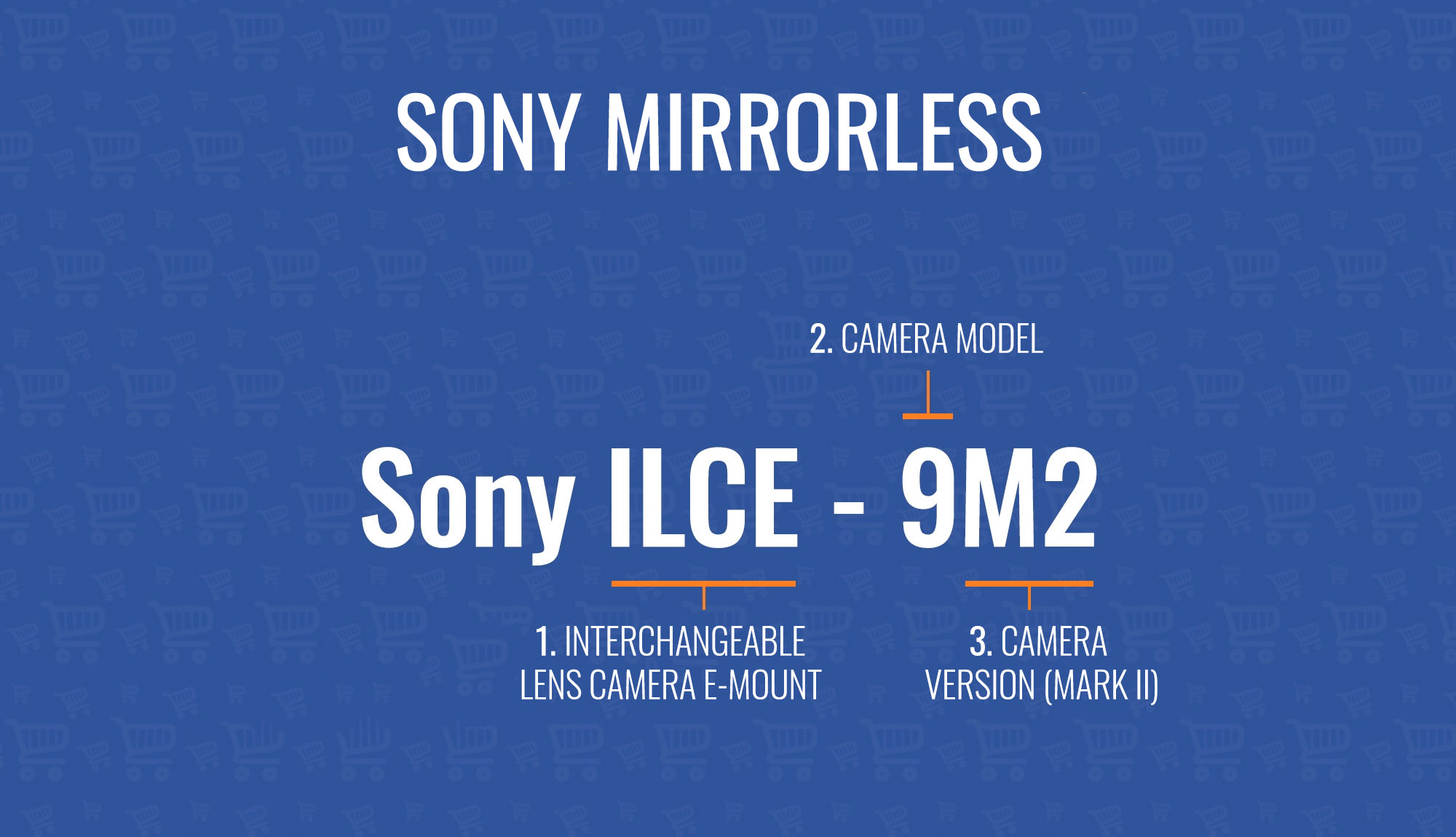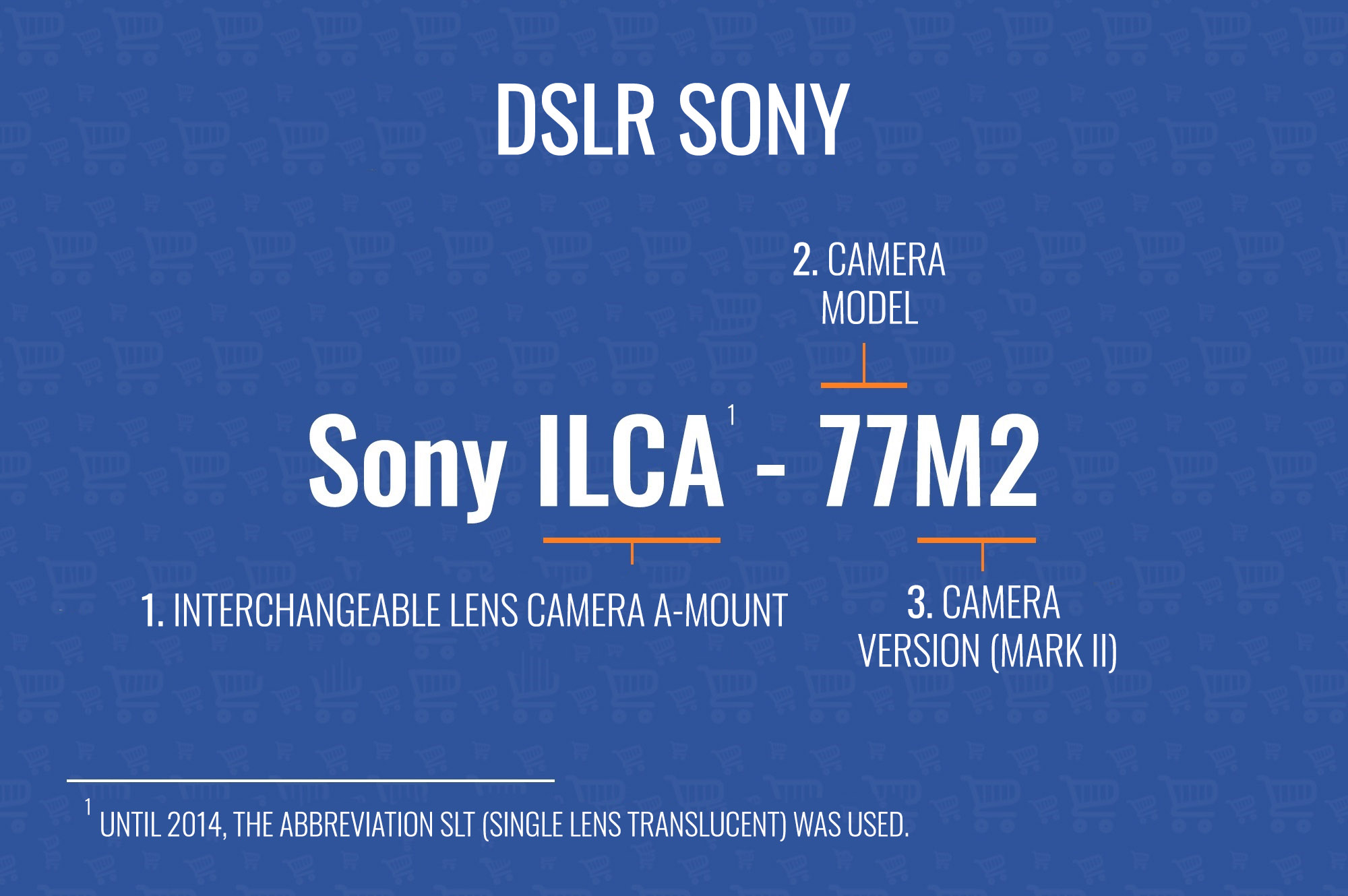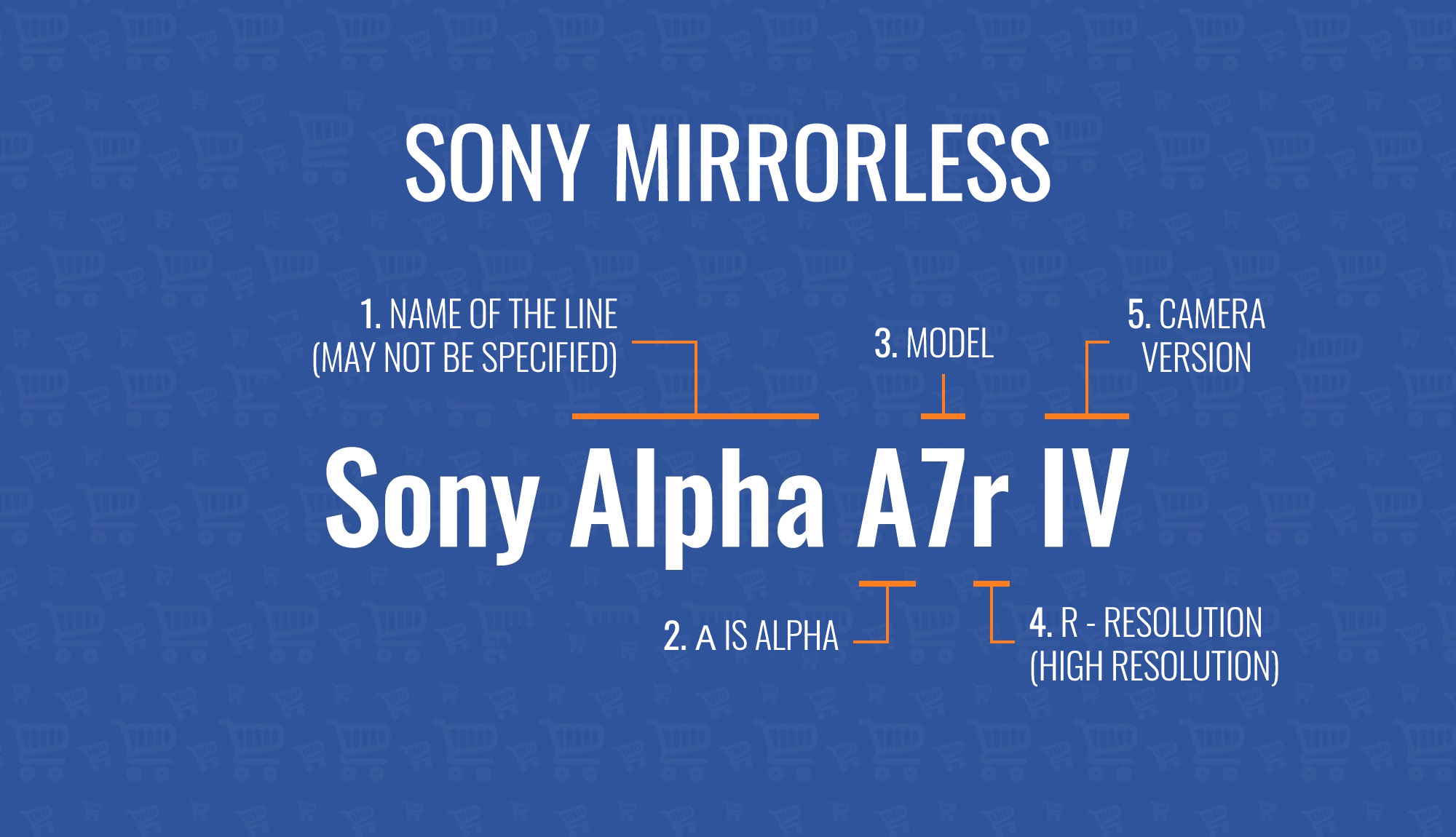Deciphering the series and labeling of Sony cameras

It's no secret that there is a clear species hierarchy in the family of cameras. Simple digital compacts are located at the lower levels, and the highest echelons of power are represented by full-frame mirrors and mirrorless mirrors, or even delegates of a small detachment of medium format.
It is not so easy to understand the designations of the Sony series of mirrors and mirrorless mirrors right away. All because of the "migrating" Alpha prefix and two spellings of the expanded names of cameras. For better clarity, let's visualize the labeling:
Alpha (mirrored)
There are very few mirrors left in Sony's portfolio. But it's too early to write them off, since such cameras continue to be in demand among certain circles of photographers.
 |
The Japanese company 's fleet of mirror products is divided into three categories:
- A6X — Entry-level cameras with APS-C matrix;
- A7X — medium-segment of dropped mirrors;
- A9X is a top-level full-frame camera.
 |
Alpha (mirrorless)
For a long time, Sony cameras have single-handedly ruled the ball in the arena of full-frame mirrorless. However, even now it is quite difficult to compete with them on an equal footing. Also, Sony's six-thousandth series of mirrorless cameras are very popular among fans of taking pictures.
 |
The current list of mirrorless series of Japanese vendor is as follows:
- A5XXX — initial segment;
- A6XXX — Well-balanced cameras with APS-C image sensor for enthusiasts;
- A7x, A9 are the flagships of the fullframe industry (the small "x" in the name of the cameras of the seventh series says about the specification of the models: r (from Resolurion) is a high—resolution sensor, s (from Sensitivity) is a bet on high ISO and video shooting).
 |
The progenitors of the cameras of the "thousandth" lines were the mirrorless NEX family.
RX (Premium compacts)
The RX line is an elite division of compact cameras with non—replaceable optics. It can be classified as follows:
- RX100 X — premium "digitals" with an inch matrix in an ultra-compact form factor;
- RX10 X — body cameras are akin to DSLRs with a wide zoom range;
- RX1R X — expensive full-frame (!) compacts with a non-removable fixed object of 35 mm (!).
"X" in this case shows the generation of a particular camera. In 2020, the ranks of the RX series were replenished with a Sony ZV-1 camera similar in functionality.
H (mostly ultrasounds)
In the H dynasty , Sony ultrasounds are mainly listed:
- HXYY — functional cameras with a bet on compact size and light weight;
- HXYYY — models with a large zoom multiplicity in a tightly packed case.
W (simple "digital inkwells")
Sony base link cameras are assigned to the family with the index W. These are simple compacts that are expensive.
That's it. Have a good shooting!
Articles, reviews, useful tips
All materials
















































